Credit flow to economically disadvantaged individuals on the rise
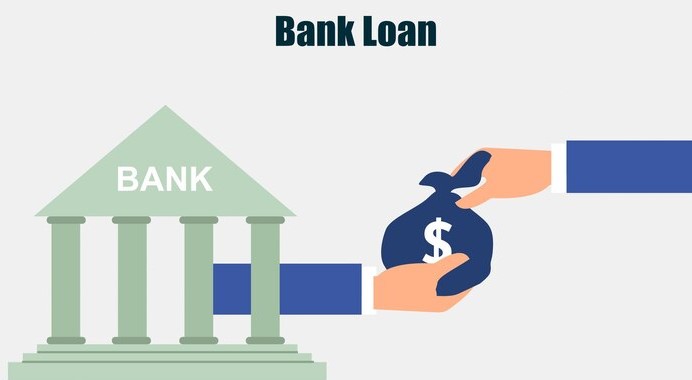
KATHMANDU: In the initial two months of the current fiscal year (July and August), banks and financial institutions have extended loans totaling 7.13 billion rupees to economically disadvantaged individuals. This marks a notable increase of 2.3 percent in credit disbursed to this demographic during the same period in the previous fiscal year.
During the corresponding two months of the prior fiscal year, the credit flow to economically disadvantaged individuals had also seen a healthy uptick, with a 3.1 percent increase.
As of the end of August, the cumulative sum of loans earmarked for the impoverished population within banks and financial institutions amounted to 3 trillion 14 billion 82 crore rupees. In contrast, the figure at the conclusion of the preceding June stood at 3 trillion 7 billion 69 crore rupees.
In the latter part of the prior fiscal year, credit extended to economically disadvantaged individuals had witnessed a decline.
This was attributed to a sluggish economy and restrictions on microfinance institutions, resulting in a contraction in lending to the underprivileged. Nevertheless, the start of the current fiscal year has brought about improved liquidity and an increasing demand for credit.
Microfinance institutions have acknowledged the impact on loans for the impoverished during the previous fiscal year, primarily due to lending constraints stemming from interest rate limitations and restrictions on multi-institution loans.
The CEO of a prominent microfinance institution commented on this, stating, “The effects of these constraints may have been felt in loans targeting the impoverished class. On the demand side, there was a reduced customer demand, and on the supply side, institutions were less aggressive in loan disbursement.”
An official mentioned that the overall credit situation had been affected by a deteriorating investment climate and a less aggressive stance from microfinance institutions. “For various reasons, there wasn’t an environment conducive to expanding investment with heightened risks,” the official explained.
“Microfinance institutions were hesitant to aggressively extend loans from banks and financial institutions at higher interest rates. However, there has been an upward trend in impoverished individuals’ indebtedness since the start of the current fiscal year.”
In the previous fiscal year, the National Bank had expanded the scope of minimum loan limits for banks and financial institutions to support economically disadvantaged borrowers. This policy included provisions for loans up to 20 lakh rupees, classified as underprivileged class loans, to facilitate small businesses and self-employed women entrepreneurs.
It was also stipulated that compulsory insurance be applied to such loans, and loans directed toward project-related agricultural businesses up to 20 lakh rupees would also qualify as underprivileged loans.
Experts in the field have pointed out that this measure may not prioritize small borrowers, as loans in the mentioned categories can also be classified as aiding the impoverished. This had raised concerns that genuine impoverished individuals might not receive the intended support.
Nevertheless, experts in the financial sector expect that National Bank directives will be followed, even if loans are granted primarily in designated sectors.
The National Bank has mandated that banks and financial institutions allocate a minimum of 5 percent of their total loans to impoverished individuals. Up until May of the previous fiscal year, banks and financial institutions had disbursed approximately 6.4 percent of their total loans to this demographic, with roughly 25 percent being provided directly and the remaining 75 percent indirectly through microfinance institutions and cooperatives.





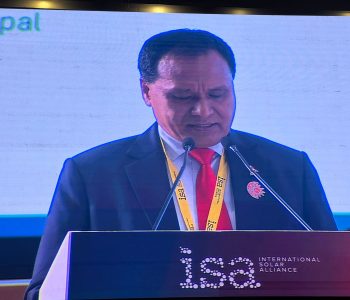

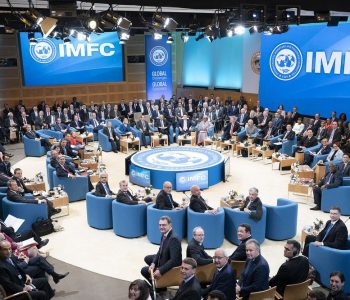

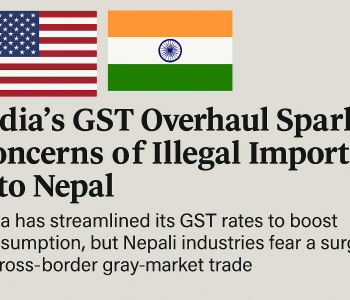


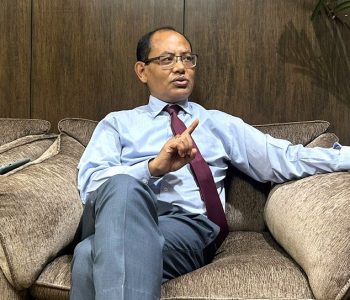
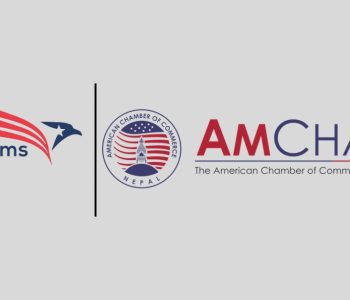
Facebook Comment